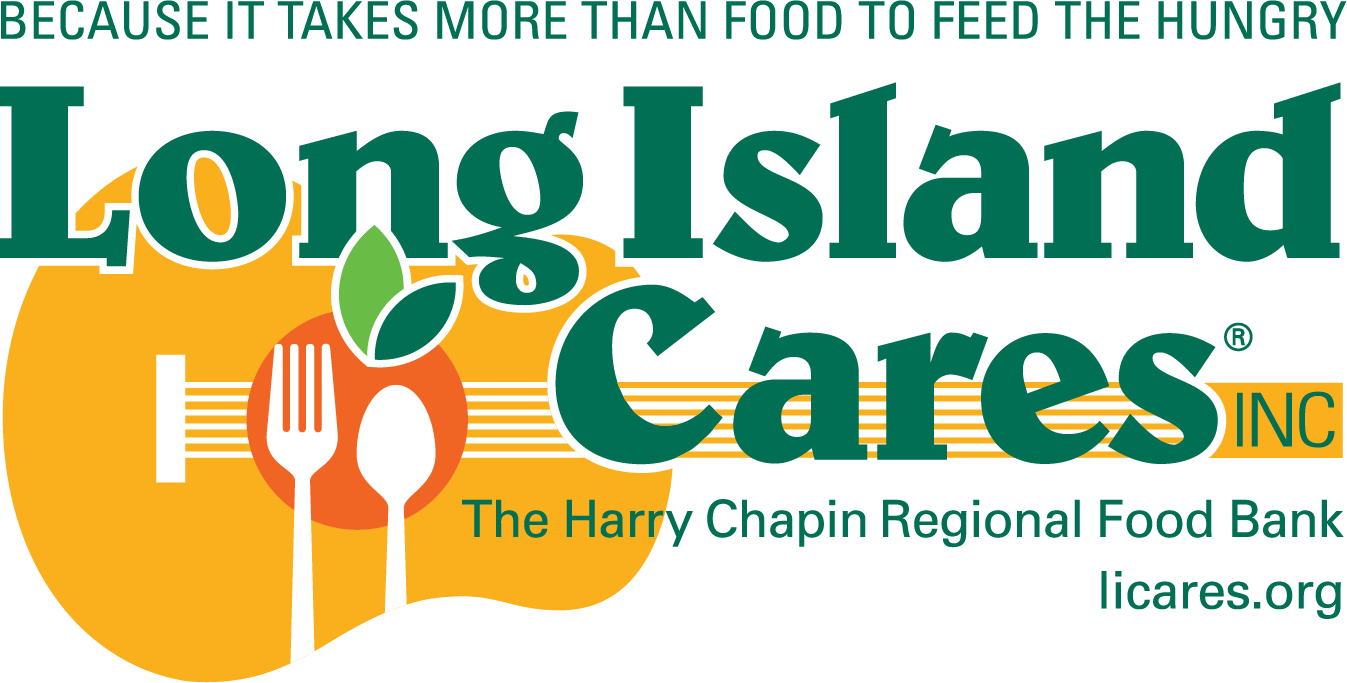Food for All – Offering Culturally Relevant Options at Food Pantries
Guest Blogger: Landon D’Agate
According to the CDC, “culturally preferred foods” describes safe and nutritious foods that meet consumers’ diverse tastes and needs based on their cultural identity. Offering culturally appropriate options in food pantries is becoming increasingly important as our population grows more diverse. The absence of culturally relevant food options among food pantries may exacerbate health inequities and disparities among underserved and marginalized communities.
I spoke with a thought leader in this area, Zsofia Pasztor. She has many accomplishments that make her uniquely qualified to speak on this topic: she is a Certified Professional Horticulturalist; founder of Farmer Frog, a nonprofit that arranges edible gardens at local schools; and author. During our discussion, we covered many aspects of the importance of culturally relevant food options in food pantries, and the concept of food sovereignty.
Watch my complete interview with Zsofia Pasztor
Why is Culturally Relevant Food important?
Special-needs food is essential to providing food security, offering food suitable for the cultural and dietary needs of those receiving food assistance. It demonstrates respect for a person’s cultural heritage by offering food appropriate to their them. It also helps prevent individuals from receiving food they cannot consume or are unfamiliar with. Pasztor says culturally relevant food is essential because it “offers people food that speaks to them culturally.” These foods also increase the probability that a more diverse population will use food assistance programs.
How can we become more aware of Culturally Appropriate Food?
Pasztor emphasized the importance of communication when offering food assistance to a community, and speaking to community members to learn what type of food is essential, given their cultural background. She mentioned that when conversing with the community, it becomes vital to ask the following questions: Whom are we serving? What are their food needs? And what are they requesting?
How can Culturally Relevant Food impact the mental and emotional needs of the community?
Culturally relevant food helps satisfy a community’s mental and emotional needs. In addition to the actual ingestion of food, Zsofia emphasized the eating experience, including the smell, texture, color, and feel of food. These qualities allow food to help us connect to memories and emotions that we bring with us, and offer us comfort, a.k.a “comfort food.” Culturally appropriate foods can replicate the experience of “comfort food” and help us to “feel at home and more connected.”
How does offering Culturally Relevant Food make the community feel more connected to the food pantry?
Although offering culturally relevant food helps connect the community, it is important to consider other factors. According to Pasztor, offering necessary food is often the first step. In addition, involving the community beyond providing culturally relevant foods can be helpful. For example, it can help increase the diversity of the food-pantry staff. In addition to promoting food security, serving the “whole human experience” is essential. Our conversation concluded with the progress made by food assistance programs by offering culturally relevant food options, most notably during the pandemic when food insecurity affected a larger and more diverse population.
How can future generations help improve access to Culturally Relevant food options?
Future generations can help improve the implementation of culturally relevant foods in several ways:
- Get involved in your local food pantry – The more diversity in the staff at a food pantry, the more likely we can influence the diversity of foods offered.
- Create a community garden – Build a community garden and engage community members to participate in the food grown.
- Education – Teaching about culturally appropriate food options at the community level and incorporating them into national guidelines will help educate a diverse population. Download Dietary Guidelines PDF
References
- CDC. “Considering Cultural Food Preferences in Food Service.” Centers for Disease Control and Prevention, 7 July 2022, www.cdc.gov/nutrition/food-service-guidelines/strategize-and-act/cultural-food-preferences.html.
- Hearst MO, Yang J, Friedrichsen S, Lenk K, Caspi C, Laska MN. The Availability of Culturally Preferred Fruits, Vegetables, and Whole Grains in Corner Stores and Non-Traditional Food Stores. Int J Environ Res Public Health. 2021 May 10;18(9):5030. doi 10.3390/ijerph18095030. PMID: 34068641; PMCID: PMC8126097.
- What is Culturally Relevant Food? Strategies for the Provision of Culturally Relevant Foods Role of Food Banks and Community Food Programs in Food Insecurity. United Way of King County. https://nutr.uw.edu/wp-content/uploads/2022/01/Portilla-Ana-Capstone-AUT-2021.pdf
- “Diversifying MyPlate Series: Q&A on Culturally Sensitive Approaches in Nutrition.” Food Insight, 29 Sept. 2021, org/diversifying-myplate-series-qanda.
